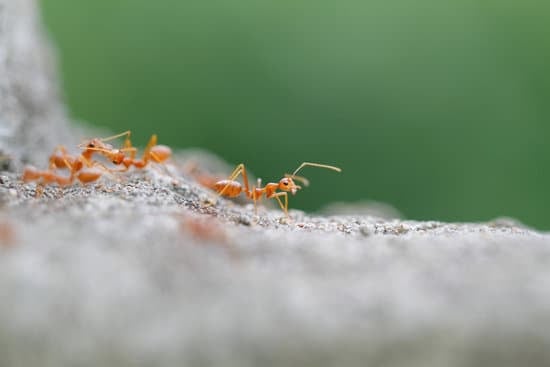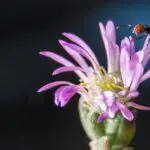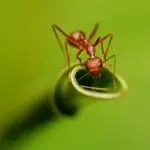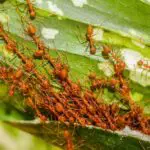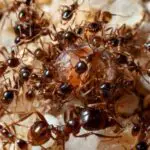How Large Are Ants Colonies?
Several factors contribute to the size of an ant colony. These factors include the age of the colony, the species of ants that make up the colony, and the weather. Depending on the species, the size of the colony can range from a few hundred ants to thousands of ants.
There are five common species of ants. These include carpenter ants, crazy ants, field ants, needle ants, and army ants. They all have different living habits. They can be solitary, social, or both. All ant colonies contain a large number of egg-laying females and winged sexual males.
The worker ants are responsible for defending the queen and the brood. They also protect the food supply and decide how to interact with their nestmates. Workers of different ages specialize in different tasks. The younger workers take care of the queen and the brood.
The average colony contains several hundred females and winged males. It can also contain several thousand workers. The queen is responsible for laying eggs. In the smallest ant colonies, there are only a few workers.
The largest ant colonies have millions of workers. These colonies are also called supercolonies. They have multiple nests and can cover a wide area. Supercolonies are made up of several different colonies. These colonies can be under the floor of a building, inside a wall, or anywhere that is suitable for nesting.
A supercolony can be made up of several ant species. Twenty species have shown the ability to form supercolonies.
